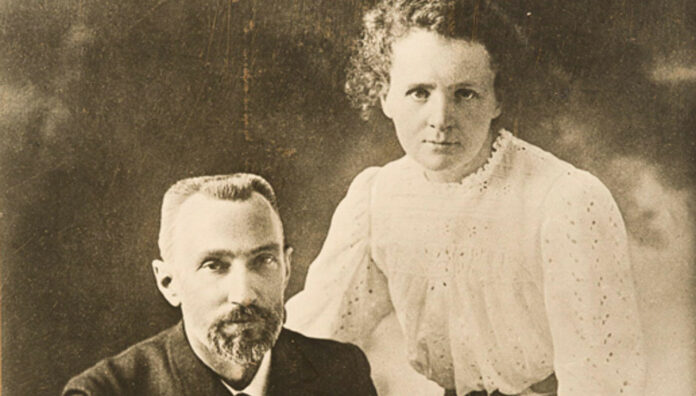Medical and cosmetic treatments, luminescent devices, even sex aids soon hit the market.
It all began in a makeshift laboratory in Paris nicknamed ‘The Hangar’.1
In what their German colleague Wilhelm Ostwald called a ‘cross between a stable and a potato shed’, chemists Marie and Pierre Curie discovered the element radium – or Ra-226 to its scientific friends.2
At the time, the couple were studying the characteristics of a radioactive, uranium-rich mineral ore called pitchblende. It was an arduous task. They had to remove the uranium from the pitchblende, and then analyse the radioactive remains. The latter proved to be mostly barium and a mystery element they named radium. Not only was it labour-intensive, in order to obtain 1 gram of radium, they needed to process about eight tonnes of pitchblende containing 50% uranium.1,3–5
For their effort, Marie and Pierre Curie shared the 1903 Nobel Prize in Physics. Then tragedy struck. Pierre was run over and killed by a horse-drawn wagon in 1906. But Marie continued their work, receiving a second Nobel Prize in 1911.3
The radium boom
When the Curies announced their discovery to L’Académie des Sciences on 26 December 1898, they had declined to patent it. Their generous decision spurred interest in the glowing element within scientific, medical, consumer and manufacturing circles.
By the 1920s the price of a gram of radium hit US$100,000.2,3
Medical applications began in 1901 with the advent of brachytherapy. It involved injecting radium into the body to treat cancer. Updated, the technique is used in radiotherapy today.1,6
Pharmacists sold more dubious products to a fascinated public: toothpaste, chocolate, soap, face cream, cosmetics and sex aids, not to mention anti-fatigue and dietary elixirs. Beauty products made from ‘radioactive rubber’ included masks, ankle and neck bands, and slimming belts. Fortunately, the high cost of radium meant little, if any, was in the merchandise.1,2,7,8
‘It wasn’t until the mid-1940s that the health effects from radium exposure were understood.’
Recognising that in high concentrations radium glows blue, in 1902 American inventor William J. Hammer mixed radium and zinc sulfide, creating the first radioluminescent paint and kickstarting a new industry.9,10
One immediate application was self-illuminating clock faces. With the onset of World War I, product lines expanded to watches and military instruments.1,10
Manufacturers hired ‘radium girls’ to paint the devices, encouraging them to lick their brushes to keep the tip pointed and the paint from drying. Within a few years, the women began showing signs of illness, including cancer and bone fractures.1,10,11
Regardless, radium watches were manufactured until 1968, and clocks until 1978, albeit with improved safety regulations.9,12
The hazard
Despite mounting evidence – even the Curies suffered ill-health and Marie died of leukaemia – it wasn’t until the mid-1940s that the health effects from radium exposure were understood.2,3 The problem with radium is twofold. First, being radioactive, it emits energy and particles.13 Secondly, when even microscopic amounts of radium are inhaled or ingested, they accumulate in bone, triggering cancer.5,11
The hope
Clinical trials of targeted treatment with a mildly radioactive form of radium, Ra-223 dichloride, show it is effective for many cancers.4,6,14 Marie and Pierre would be delighted.
References
- Radioactivity.eu.com. Radium: The radioactive nucleus that made History.
- McHugh B. Marie Curie: 7 Facts About the Groundbreaking Scientist. Biography. 2020 Dec 14.
- Fröman N. Marie and Pierre Curie and the discovery of polonium and radium. NobelPrize.org. 2021 Mar 14.
- Ross R. Facts About Radium. Live Science. 2016 Oct 14.
- Chemicool Periodic Table. Radium. Chemicool.com. 2012 Oct 18
- Mayo Clinic. Brachytherapy. 2020 June 19.
- Radioactivity.eu.com. The radium mania and story behind it.
- The Pharmaceutical Journal. ‘Radium’ Buxton Crystal Salts, circa 1930. 2021 Feb 12.
- Frame P. Radioluminescent Paint. Oak Ridge Associated Universities. 2007 Oct 18.
- Boettcher D. The place to find straps and bands for vintage fixed wire lug military trench or officers World War One era wrist watches. Vintage Watch Straps.
- Atomic Heritage Foundation. The Radium Girls. 2017 April 25.
- The National Council on Radiation Protection and Measurements. NCRP Report No. 95. updated 2015.
- Rasmussen JO, Steinberg Ellis P. Radioactivity. Encyclopedia Britannica. 2020 November 10.
- National institutes of Health. National Cancer Institute. Clinical Trials Using Radium Ra 223 Dichloride.



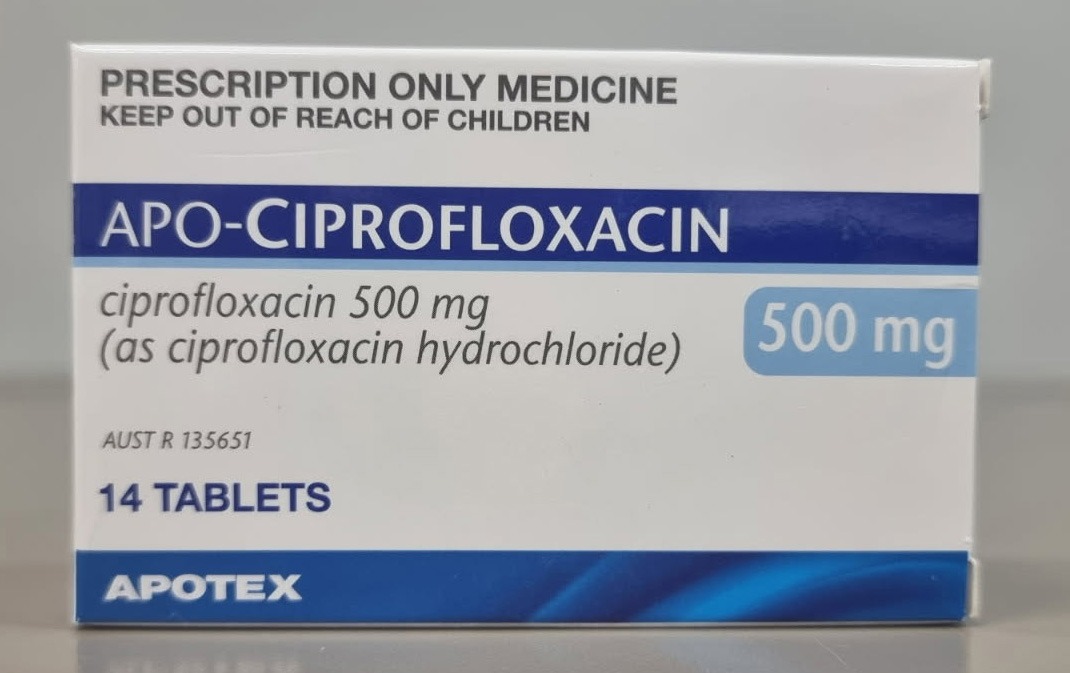
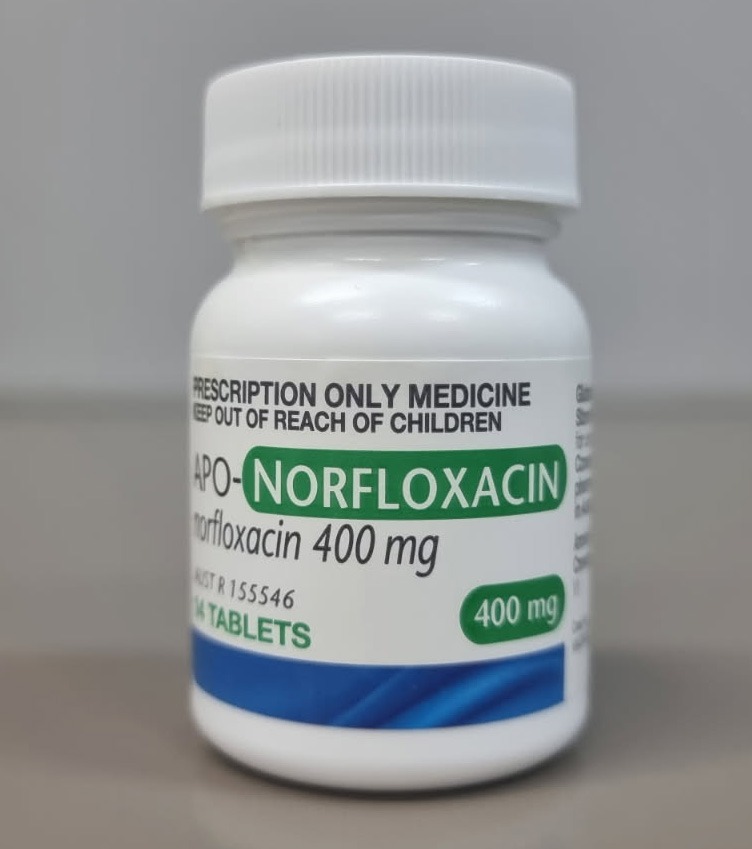
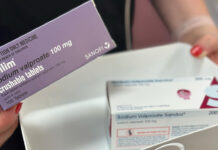

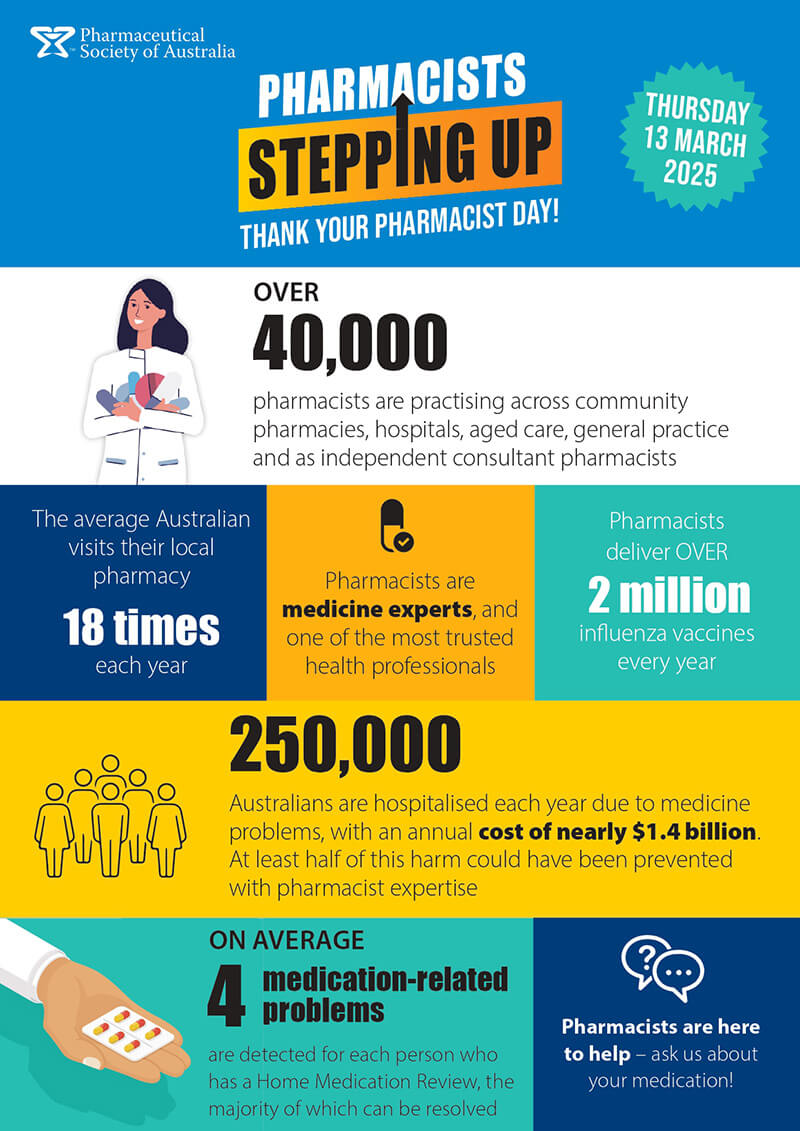
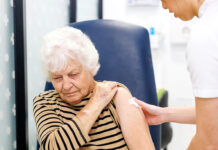

 This article was sponsored and developed in collaboration with PSA and Carers NSW[/caption]
However, pharmacists may perceive medication errors or non-adherence as a carer’s inability to fulfil this role,
This article was sponsored and developed in collaboration with PSA and Carers NSW[/caption]
However, pharmacists may perceive medication errors or non-adherence as a carer’s inability to fulfil this role,